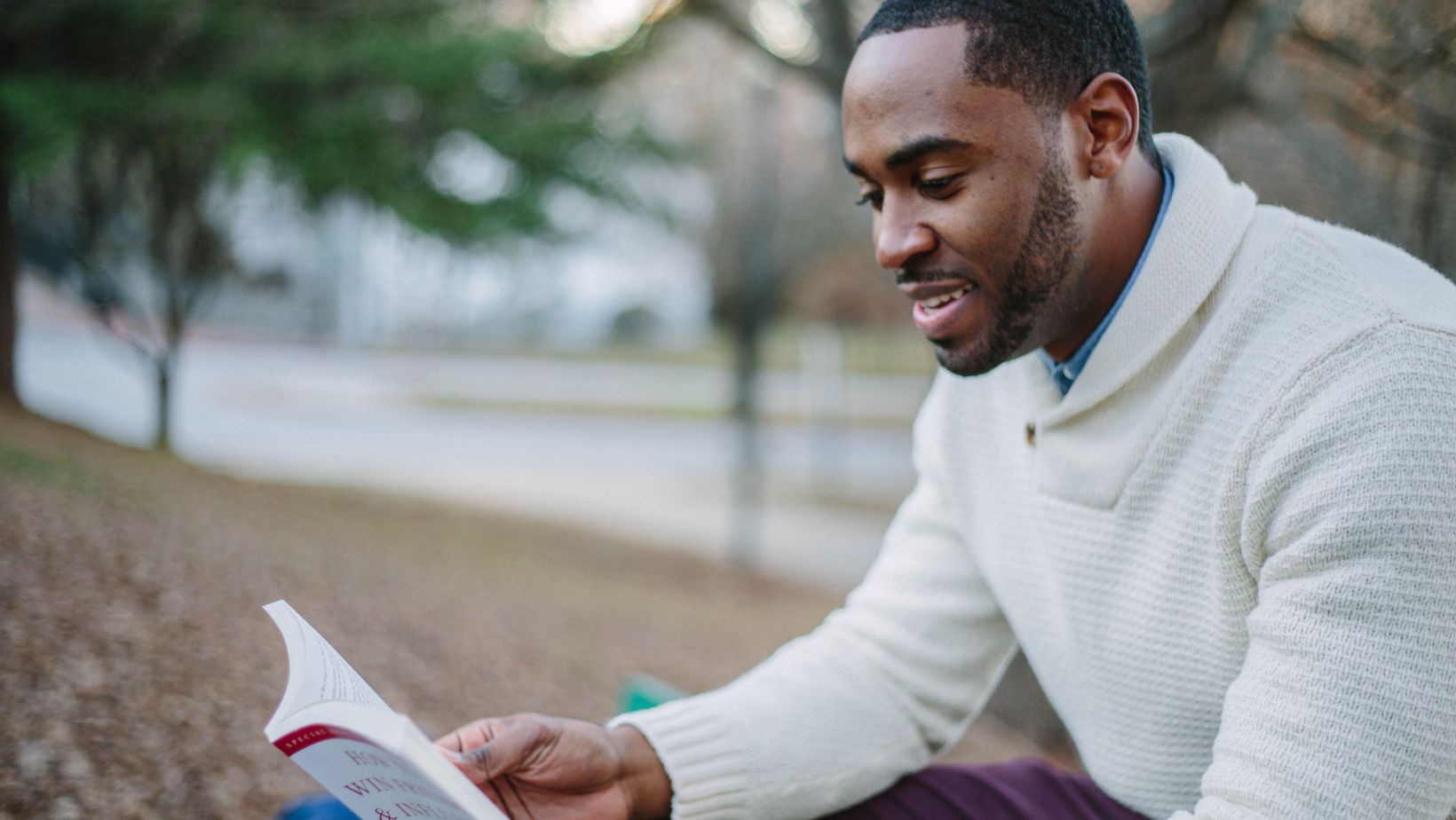How Does King Support this Claim
When it comes to supporting claims, few can match the eloquence and conviction of Dr. Martin Luther King Jr. His powerful words have resonated throughout history, inspiring countless individuals to stand up for justice and equality. In this article, I’ll explore how King masterfully supported his claims, leaving an indelible mark on the civil rights movement and beyond. From his impassioned speeches to his strategic use of nonviolent protests, King’s methods of support serve as a blueprint for effective advocacy and social change. Join me as we delve into the profound ways in which King backed up his claims with unwavering determination and unwavering belief in the power of love and justice.
The Power of Words
One of the most remarkable aspects of Dr. Martin Luther King Jr.’s support for his claims was his extraordinary ability to use the power of words. His speeches were not just political rhetoric, but powerful tools that inspired hope, called for justice, and mobilized the masses.
Effective rhetoric: King knew the importance of choosing the right words to convey his message. He crafted his speeches with meticulous attention to detail, using rhetorical devices such as metaphors, repetition, and rhetorical questions to create memorable and impactful statements. By employing these techniques, he was able to connect with his audience on an emotional level and leave a lasting impression.
Inspiration and Hope: One of the key ways King supported his claims was by inspiring others to join the civil rights movement. His words instilled a sense of hope and ignited a belief that change was possible. By painting a vivid picture of an equal and just society, he motivated individuals from all walks of life to stand up for their rights and fight against discrimination.
Unity and Solidarity: King’s speeches emphasized the importance of unity and solidarity in the face of injustice. He reminded his audience that the fight for civil rights was not just a battle for African Americans, but a fight against oppression and inequality for all. Through his words, King encouraged individuals of different backgrounds to come together and work towards a common goal, fostering a sense of unity and collective action.
Passionate Speeches and Rhetoric
When examining how Dr. Martin Luther King Jr. effectively supported his claims, one cannot overlook the power of his passionate speeches and masterful use of rhetoric. King had an unparalleled ability to captivate audiences, moving them with his words and inspiring them to take action. Here, I’ll delve into the elements of his speeches that made them so impactful and persuasive.
1. Emotional Appeals: Dr. King understood that connecting with people on an emotional level was crucial for inspiring change. He skillfully used rhetorical devices such as metaphors, repetition, and anaphora to evoke strong emotions and create a sense of urgency. For example, in his iconic “I Have a Dream” speech, he repeated the phrase “I have a dream” to emphasize his vision of equality and justice for all.
2. Ethical Appeals: In addition to appealing to emotions, King also made powerful ethical appeals grounded in moral principles and justice. He emphasized the importance of equality, fairness, and human rights, making it clear that the fight for civil rights was not just a matter of politics, but a moral imperative. By appealing to shared values, he brought people together and compelled them to support his cause.
3. Logical Arguments: Alongside emotional and ethical appeals, King backed up his claims with solid logical arguments. He presented evidence, historical context, and statistical data, reinforcing his points and demonstrating the importance of addressing racial inequality. By using logical reasoning, he made his arguments credible and persuasive.

Strategic Use of Nonviolent Protests
When it came to supporting his claims, Dr. Martin Luther King Jr. was a master at using strategic nonviolent protests. These protests were a powerful tool in the civil rights movement as they brought attention to the injustices faced by African Americans, while also showcasing their dignity and commitment to justice. Here are a few key aspects of how King strategically employed nonviolent protests to support his claims:
1. Civil Disobedience:
King believed that engaging in peaceful civil disobedience was a way to challenge unjust laws and policies without resorting to violence. Through acts of civil disobedience, such as sit-ins, boycotts, and marches, King and his followers demonstrated their refusal to accept segregation and discrimination. These nonviolent actions not only drew national attention but also highlighted the stark contrast between their peaceful methods and the violence used against them.
2. Media Coverage:
King understood the power of the media and knew that generating publicity was crucial for gaining support and drawing attention to the issues at hand. He strategically organized protests and demonstrations in locations that were likely to attract media coverage. By doing so, King amplified the message of the civil rights movement and ensured that the injustices faced by African Americans were broadcasted to a wider audience.
3. Symbolic Gestures:
In addition to staged protests, King also used symbolic gestures to support his claims. For example, during the Montgomery bus boycott, he encouraged African Americans to use carpools and walk instead of using segregated transportation. Through this simple act, King demonstrated the determination and resilience of the African American community while also highlighting the absurdity of segregation laws.
Today, Dr. King’s legacy continues to inspire and guide us. His teachings are a reminder of the importance of fighting for justice and equality, and the significant social and political changes that have occurred since the civil rights era are a testament to the impact of his activism. It is essential that we carry forward his legacy and continue the fight for a more just and equitable society.
